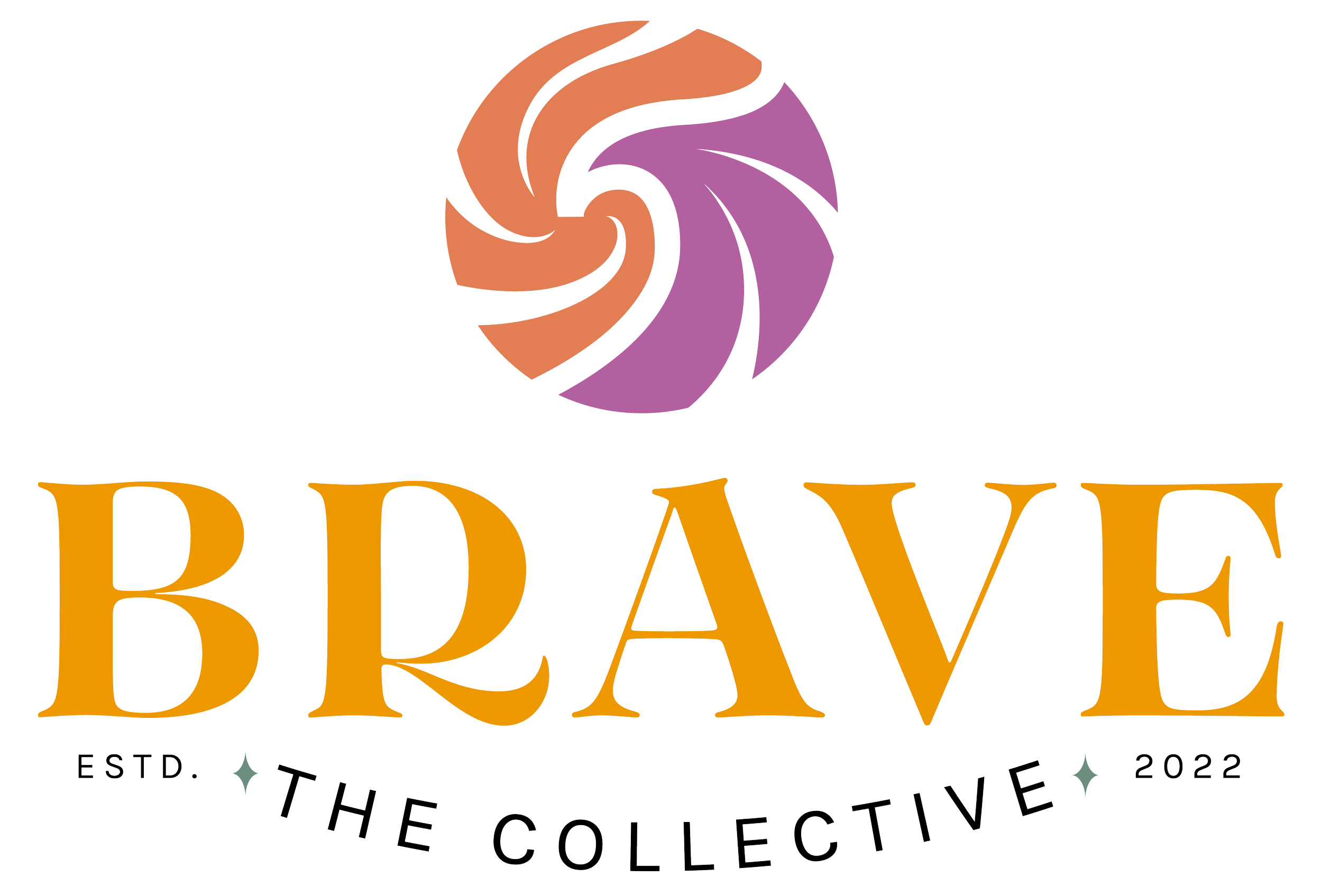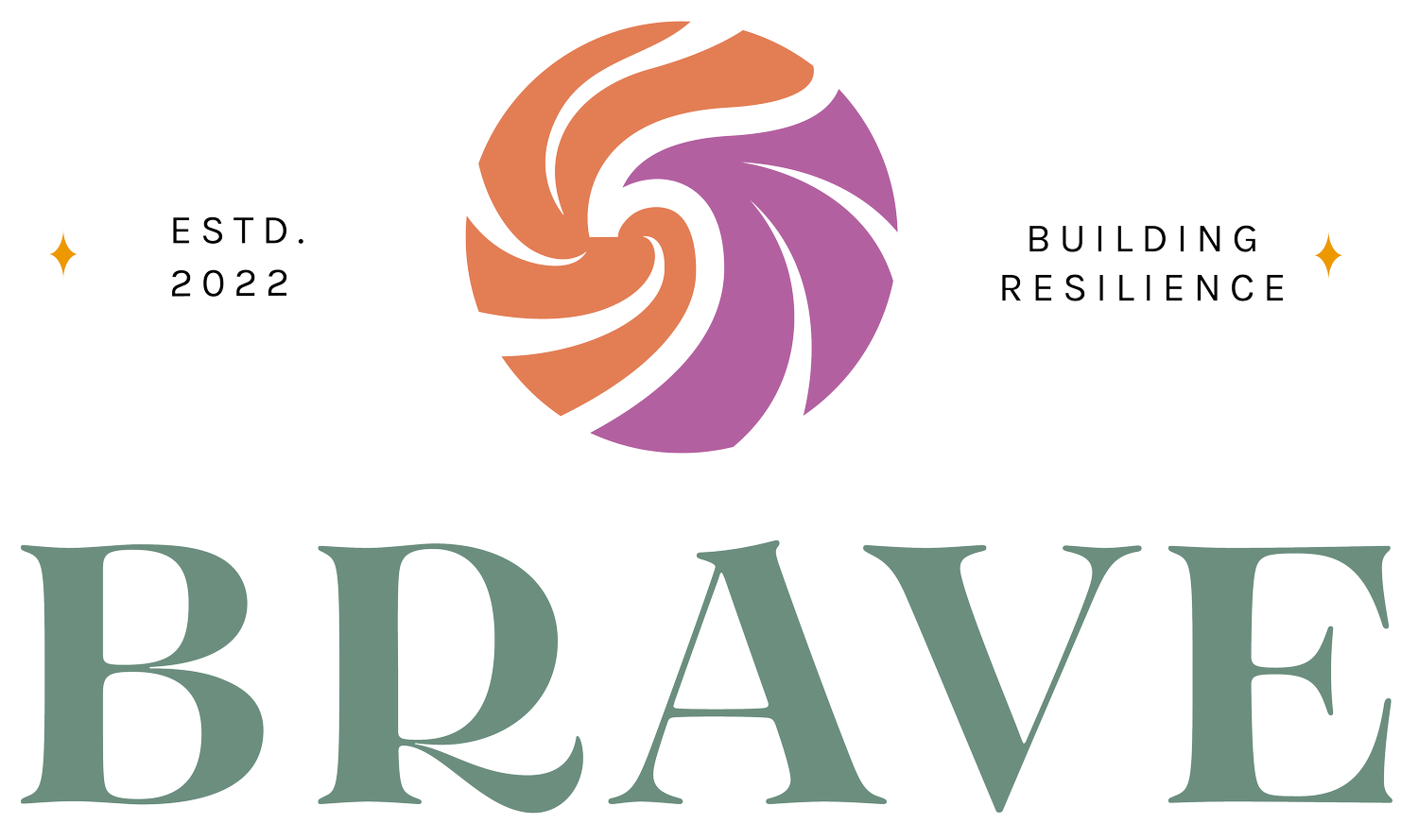The BRAVE Blog: Naming Vicarious Trauma
Understanding how Vicarious Trauma shows up for you right now, and throughout your career, is foundational to getting your needs met as a trauma therapist. If you’re just getting started on your journey to healing therapist burnout, this section of the blog is for you!
Ever feel like your cup is completely empty as a trauma therapist? You’re not alone. It’s not a sign you care too much—it’s a sign you might not have the support you need to process the emotional weight of this work.
This feeling is called compassion fatigue. It’s an early stage of the Trauma Therapist Trauma Response, falling between vicarious trauma and full burnout. Recognizing it is the first step toward staying grounded, supported, and effective in the work you do.
Trying to fit into the mold of the "blank slate" therapist model can feel like you're on a tightrope, balancing your authenticity against a fear of overstepping. Remember those moments during your practicum, striving for that perfect neutrality and feeling more like an imposter with every step? Those experiences are more common than we'd like to admit.
Being a trauma therapist is a complicated business - we love the work we do and know that it can be heavy. We know we're "supposed to" take care of things like vicarious trauma—after all, we're the experts. But knowing isn't the same as doing, which is often at the heart of this challenge.
As trauma therapists, we know that vicarious trauma is a normal part of the job; You can’t walk through water and expect not to get wet. But when you add the layer of racial trauma—whether personally experienced or witnessed—the weight on our shoulders can feel even heavier.
Whether you are a trauma therapist or not, you may have heard the terms Vicarious Trauma, Compassion Fatigue, and/or Secondary Traumatic Stress used in seemingly the same ways. That makes it seem like they are interchangeable but, news flash! They’re not.
The Johari Window is about self-awareness but this week you’ll see how my brain has worked to adapt this age-old technique to help you Name Vicarious Trauma and share these experiences with the people who mean the most to you.
It’s no surprise that I think all trauma therapists should name our vicarious trauma on the regular. And, if you're anything like me, you're very happy to ignore VT and burnout signs!
To get myself out, or even to prevent spiraling, I realized that I needed a better reason to check in with my VT on the regular.
We have all had a moment as a trauma therapist when we wondered whether we could still do trauma work. Asked ourselves if this work has ruined us. So then, how do we start to answer this question?
The weight of the world is heavy, plain and simple. As a fellow trauma therapist, I know you feel it as a professional and as a human. The problem is that if we don't name VT and just stick our heads in the sand, in only makes things worse…
Vicarious trauma, or VT, is a natural experience for any trauma therapist, helper, or healer. When we work to help others overcome trauma and stress, our natural empathic nature means we are a sponge that’s ready to soak up our daily trauma exposures…
What Is Vicarious Trauma Like for You?
Knowledge is power - once you know how Vicarious Trauma is showing up for you, managing it is the easy part.



Building Resilience Against Vicarious Exposure:
A place where trauma therapists can thrive together!












Every trauma therapist hits a point where they wonder, Can I actually do this work for the long haul? Our work is emotionally intense. It asks a lot of us. And the therapists who make it long-term? They aren’t the ones who just white-knuckle their way through.
They’re the trauma therapists who figure out how to build a career that actually works for them.